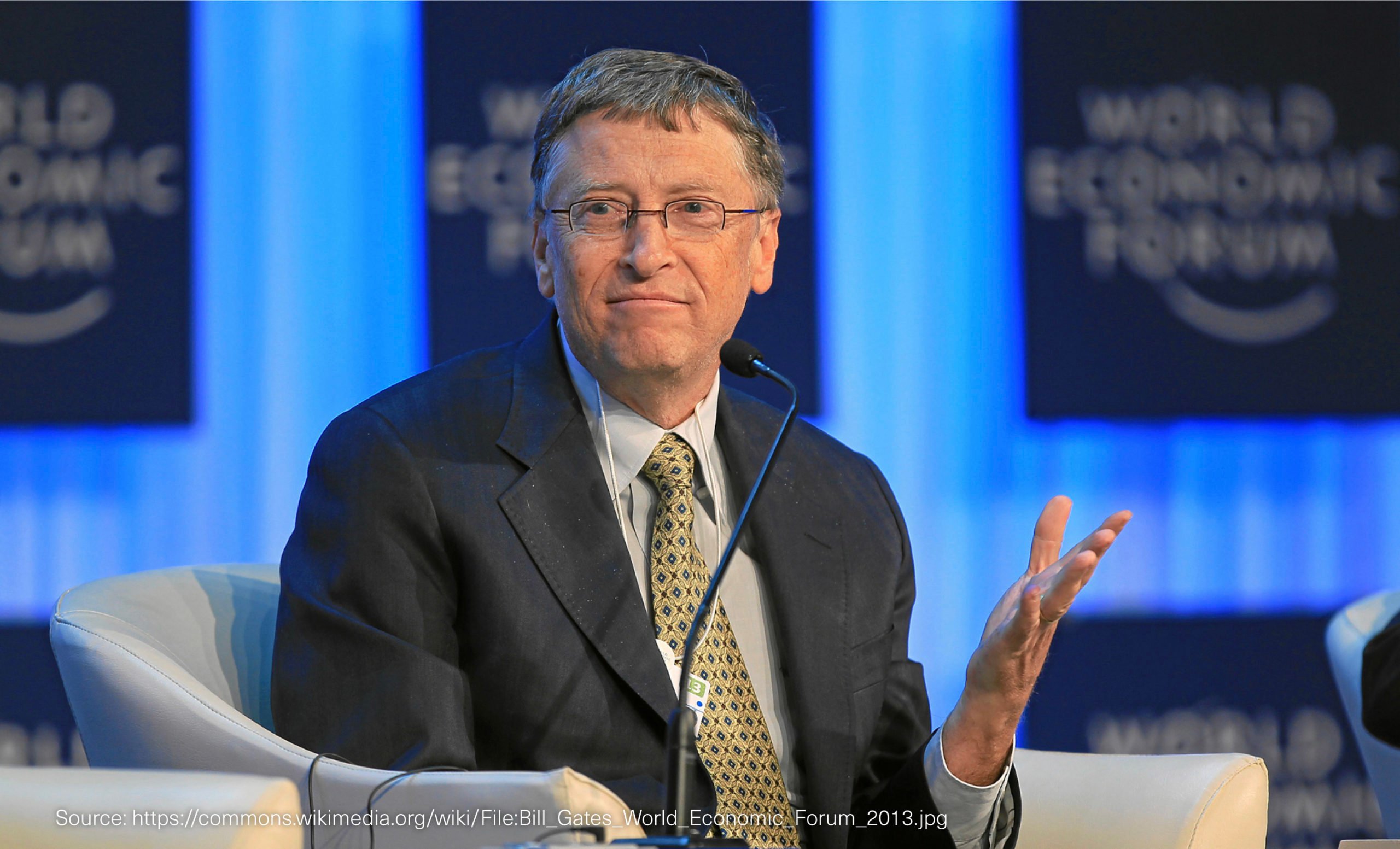Kids these days. They’re so antisocial and lazy. All they do is sit on their phones all day Snap-facing and Insta-chatting each other. Wait until they grow up and see what the real world is really like.
Sound familiar?
It probably does. Comments like that basically kicked off the “OK, boomer” catchphrase.
A lot of that boomer frustration comes from the fact that life is drastically different for teenagers these days compared to when boomers were kids.
Even millennials in their 20s and 30s are guilty of saying “back in my day” every now and again.
But the fact that life is different for today’s teens shouldn’t be viewed as a negative or something that makes them weak.
Actually, it’s a massive strength for teenagers who recognize the opportunity they’ve been given.
Allow us to explain, beginning with one of the world’s most famous boomers.
Bill Gates & the 10,000 Hour Rule
In 2008, psychologist and author Malcolm Gladwell published his book Outliers, which explored the factors that contribute to high levels of success. In the book, Gladwell repeatedly talks about what’s commonly called “The 10,000 Hour Rule,” which basically says you need to practice something for 10,000 hours to develop an expert-level skill.
One example Gladwell explores is Bill Gates. You know, the rich Microsoft guy.

Gates started programming computers at such a young age (just 13 years old) and dedicated so much time to using them that he racked up those 10,000 hours super quickly. By the time he was a college sophomore, Gates was ready to drop out and start Microsoft.
Today he’s worth around $115 billion (and he doesn’t have a college degree).
Today’s Teenagers Are a Lot Like Bill Gates
Like Gates, today’s teenagers have been logging a ton of hours on social media platforms like Facebook and Instagram, and they’ve been doing it from a very young age. Most networks let users create accounts when they turn 13 years old.
Coincidentally, that’s the same age when Gates got his start.
But the similarities don’t stop there. Gates averaged eight hours per day honing his skills on a rapid climb to 10,000 hours. Today’s teenagers spend over nine hours per day on their devices with the “Social Networkers” group logging nearly four hours of social media time every day.
And that’s just the average.
Even at that modest four-hour-per-day average, today’s teenager will log 10,000 hours of social media experience in just 6.9 years. Assuming they started logging those hours at age 13, they’ll reach the 10,000-hours threshold at 20.9 years old — before they can order their first beer.
Teenagers who average six hours per day on social media starting at age 13 will hit the magic number at 17.6 years old — before most will even finish high school!

And let’s add another wrinkle. Even though social media platforms require their users to be at least 13 years old, surveys show that these networks are teeming with tweens aged 10-12. Check out these shocking stats of the number of kids at each age who have at least one social media profile:
- 12 years old: 51%
- 11 years old: 46%
- 10 years old: 28%
If any of those 10-year-olds average six hours per day on social media, they’ll reach 10,000 hours before they’re 15.
The Value of This Social Media Experience
There’s a commonly-held belief that screen time is wasted time when teens aren’t learning anything of value, but that just isn’t true.
Twenty year ago, teenagers didn’t have social media.
(Oh, the horror!)
Instead, they played a ton of video games.
Between Mario Kart on Nintendo 64, Donkey Kong on Super Nintendo, and eventually Call of Duty, FIFA, and Madden on XBOX, turn-of-the-century teens had more than their fair share of screen time.
And just like today, boomers dismissed them as lazy because of it.
But current research actually suggests video games may have positive effects for kids, helping them develop problem-solving skills and creativity.
It’s the same story with social media. It’s tempting to think teenagers are just sitting there mindlessly scrolling through their feeds and liking funny memes, (and, to be fair, there is a lot of that happening) but they’re also developing valuable skills of their own:
- Learning the types of content that resonate with different audiences
- Improving their creativity
- Honing their problem-solving and analytical skills
- Practicing communication with diverse groups
- Developing comfort communicating with huge audiences
- Dealing with negative feedback and hostile users
- Mastering the art of storytelling
- Crafting brand image
- Gaining experience with various technologies
- Staying up-to-date on the ever-changing world of digital marketing
Come to think of it, that sounds a whole lot like this list of job skills that successful marketers possess:
- Creativity
- Communication:
- Public speaking
- Analytical thinking
- Stress management
- Technology
- Negotiation
Are You Ready to Channel Your Inner Bill Gates?
People thought 13-year-old Gates was crazy for spending so much time locked in a high school computer lab hammering away at a boxy, 1960s desktop. But, as it turns out, Gates might not have been the crazy one. He was just putting in his hours.
And guess what?
Like Gates, today’s teens are putting in their hours and developing valuable skills that translate to success in all kinds of careers, including marketing.
Today, with college’s high costs and the rise of online learning, there are more ways than ever to succeed without the traditional college experience. Self-directed education programs like Praxis put you in control and have already helped hundreds of students launch successful careers.
Are you ready to channel your inner Bill Gates?
If so, why not start by reading How to Get Started in Digital Marketing or Marketing Career Path: Here’s How to Get into Marketing?
November 24, 2020
